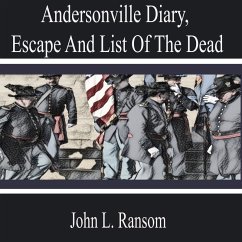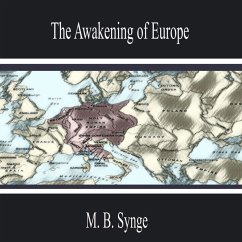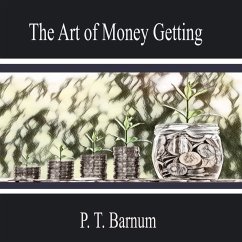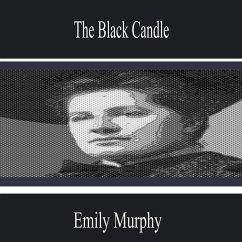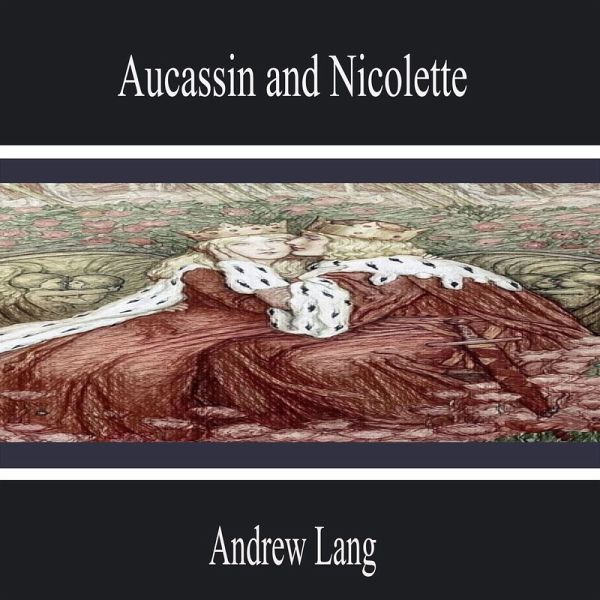
Aucassin and Nicolette (MP3-Download)
Ungekürzte Lesung. 101 Min.
Sprecher: Phillips, Andrew

PAYBACK Punkte
3 °P sammeln!
A comic masterpiece of medieval French literature, Aucassin and Nicolette is categorized by its anonymous author as a "chantefable," or "song-story," and is the only known work of this kind. This edition includes the thirteenth-century French text and a modern English translation on facing pages. An introduction outlines the text's background, genre, literary relations, historical contexts, major themes, and relevance to a contemporary audience. Its alternating sections of verse and prose recount a story of love between the aristocratic but distinctly unheroic young lord Aucassin and his belov...
A comic masterpiece of medieval French literature, Aucassin and Nicolette is categorized by its anonymous author as a "chantefable," or "song-story," and is the only known work of this kind. This edition includes the thirteenth-century French text and a modern English translation on facing pages. An introduction outlines the text's background, genre, literary relations, historical contexts, major themes, and relevance to a contemporary audience. Its alternating sections of verse and prose recount a story of love between the aristocratic but distinctly unheroic young lord Aucassin and his beloved Nicolette.
Dieser Download kann aus rechtlichen Gründen nur mit Rechnungsadresse in A, D ausgeliefert werden.






